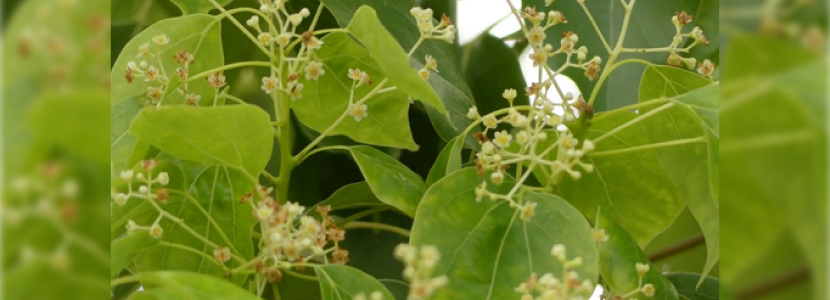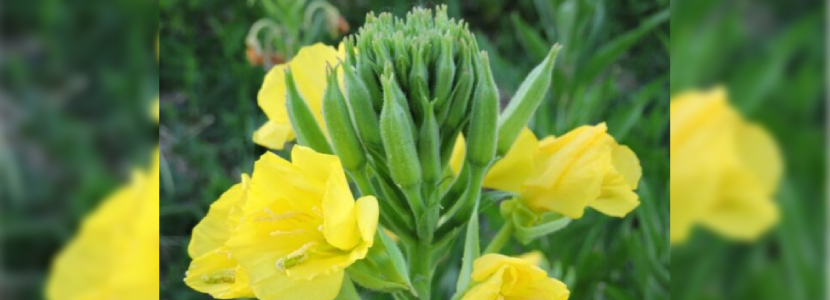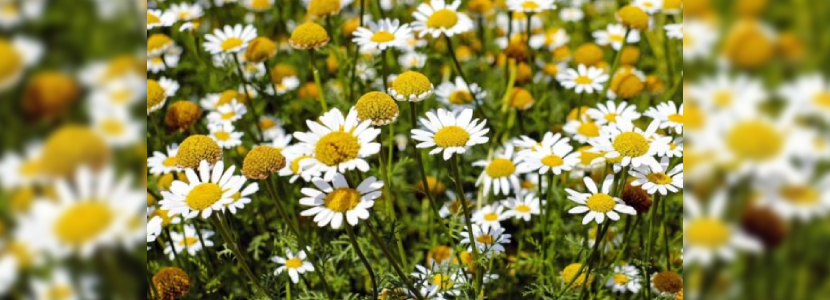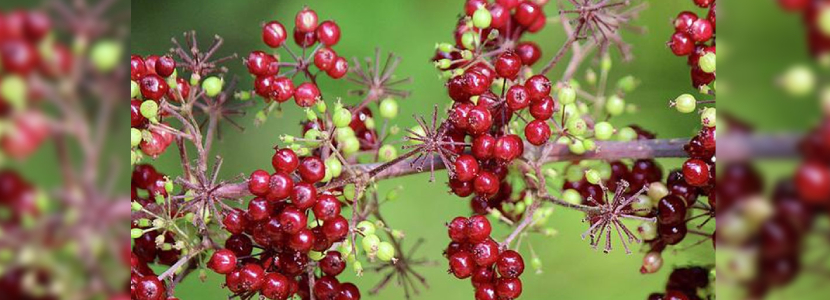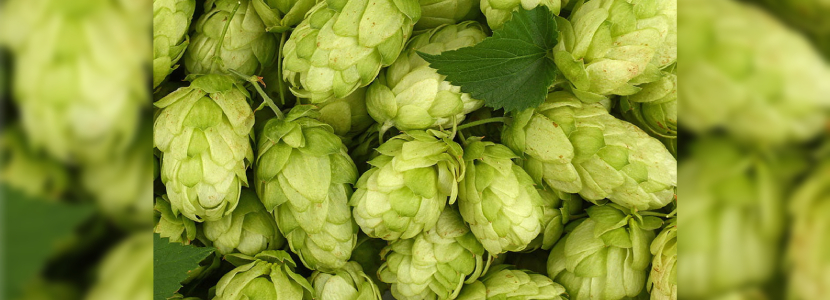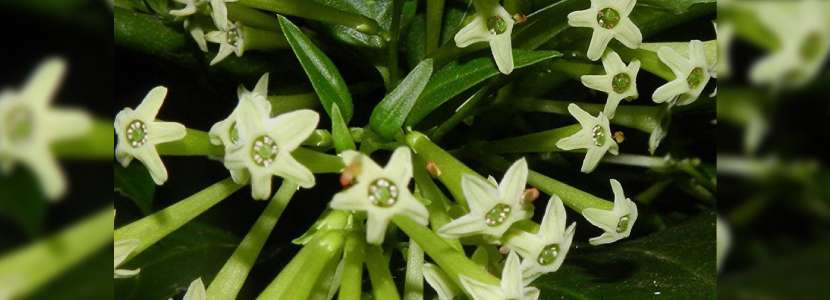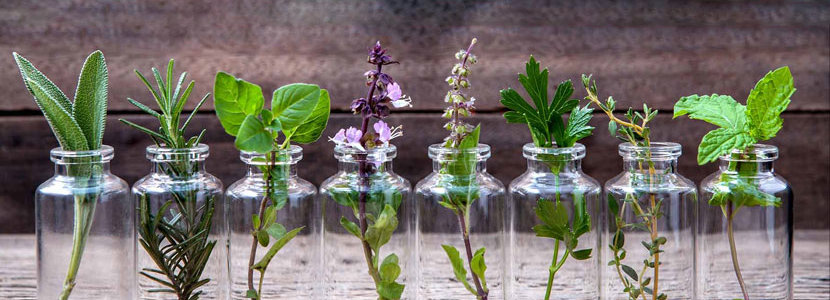Candle making, an ancient craft, has evolved into an aromatic artistry with the infusion of essential oils. These natural extracts, distilled from botanicals, not only scent candles but weave tales of tranquillity, evoke memories, and paint spaces with nuanced emotions.
Welcome to Essential Oils for Candle Making: A Step-by-Step Guide, where craftsmanship meets fragrant fascination. In this guide, we will understand the enchanting world of essential oils for candle making.
Understanding Essential Oils
Essential oils are concentrated aromatic compounds extracted from plants, capturing their pure fragrance and therapeutic properties. Through methods like steam distillation or cold pressing, these oils retain the essence of botanicals in their most potent form.
In candle making, their significance goes beyond scent; oils like calming lavender, invigorating eucalyptus, or uplifting citrus offer diverse benefits. Selecting high-quality, pure oils ensures not just delightful aromas but also the holistic advantages they bring.
Shop for the best Natural Essential Oils
Benefits of Using Essential Oils in Candle Making
- Aromatherapy: Influences moods and emotions, promoting relaxation or energy with scents like lavender or citrus.
- Natural & Healthier Choice: Free from toxins, unlike synthetic fragrances, contributing to a healthier environment.
- Environmental Consciousness: Aligns with eco-friendly practices, reducing environmental impact.
- Enhanced Ambiance: Creates a serene atmosphere, transforming spaces with natural fragrances.
- Long-Lasting Aroma: Concentrated oils ensure a prolonged aromatic experience.
- Emotional Well-being: Certain oils contribute to improved emotional well-being.
- Personal Connection: Evokes memories or connections, deepening emotional resonance.
- Holistic Experience: Engages multiple senses, promoting relaxation and wellness.

Best Essential Oils For Candle Making
- Lavender Essential Oil
- Lemongrass Essential Oil
- Tea Tree Essential Oil
- Lemon Essential Oil
- Ylang-Ylang Essential Oil
Step-by-Step Guide to Adding Essential Oils in Candle Making
A. Materials required for adding essential oils
- Clean Containers: Glass jars or containers for candle making.
- Quality Wax: Soy wax, beeswax, or other candle-making wax.
- Wicks: Pre-tabbed candle wicks suitable for the chosen wax.
- Essential Oils: High-quality essential oils of your preferred scent.
- Double Boiler or Melting Pot: For melting the wax.
- Thermometer: To monitor wax temperature.
- Stirring Utensil: Wooden sticks or spoons for mixing.
- Pouring Pitcher: For pouring the scented wax.
B. Detailed steps on incorporating essential oils into the candle making process:
1. Melting the wax:
- Place the wax in a double boiler or melting pot.
- Heat the wax gently over medium heat until it’s completely melted, stirring occasionally.
2. Temperature considerations when adding essential oils:
- Ensure the melted wax reaches an appropriate temperature according to the type of wax (usually between 140°F to 180°F, depending on the wax).
- Essential oils should typically be added when the wax temperature is lower, around 120°F to 140°F, to preserve their fragrance.
3. Mixing and pouring the scented wax:
- Once the wax reaches the desired temperature, remove it from the heat source.
- Add the appropriate amount of essential oil to the melted wax based on the recommended ratio (usually around 1 oz of essential oil per 1 lb of wax, but this can vary).
- Stir the mixture gently and thoroughly for even distribution of the scent.
4. Cooling and setting the candles:
- Prepare your clean containers with wicks placed in the center.
- Carefully pour the scented wax into the containers, ensuring the wicks stay centered.
- Allow the candles to cool and set undisturbed for several hours until completely solidified.
Important tips:
- Always follow specific guidelines and recommended usage rates for each essential oil as some may have different potency levels.
- Experiment with essential oil blends for unique scents but ensure to note down the exact proportions used for future reference.
- Allow the candles to cure for a few days for the scent to mature before lighting them.
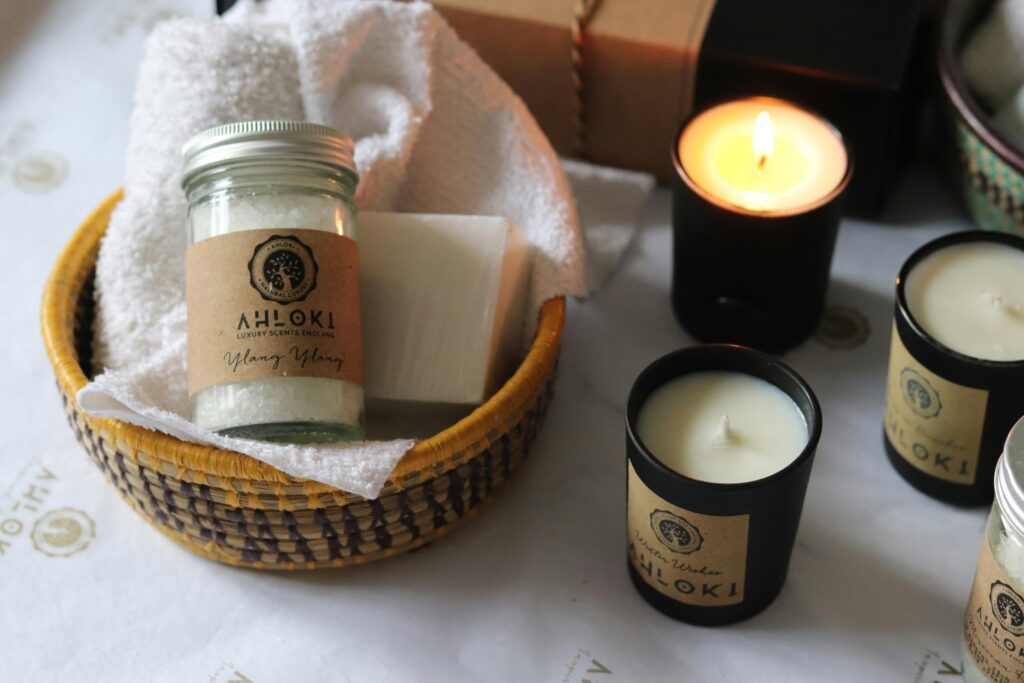
Safety Measures and Tips While Making Candles
A. Safety precautions when handling essential oils
- Use in Well-Ventilated Areas: Ensure proper ventilation when using essential oils, especially in confined spaces. Open windows or use a fan to disperse the aroma.
- Keep Away from Eyes and Mucous Membranes: Avoid direct contact with eyes, ears, and other sensitive areas. If accidental contact occurs, rinse with a carrier oil (not water).
- Keep Out of Reach of Children and Pets: Essential oils are potent and should be stored securely away from children and pets to prevent accidental ingestion or spillage.
- Phototoxic Oils: Some oils, like citrus oils, can cause skin sensitivity when exposed to sunlight. Avoid sun exposure in areas where these oils are applied.
- Allergic Reactions: Be mindful of personal allergies. Some essential oils can trigger allergic reactions in certain individuals.
B. Proper storage of essential oils
- Dark Glass Containers: Store essential oils in dark-colored glass bottles to protect them from light exposure, which can degrade their quality.
- Cool and Dry Location: Keep essential oils in a cool, dry place away from direct sunlight and heat sources to preserve their potency.
- Tightly Seal Bottles: Ensure the caps are securely tightened after each use to prevent evaporation and maintain the oil’s integrity.
- Labeling: Properly label each bottle with the name of the oil and the date of purchase to track their freshness and usage.
- Shelf Life: Note the shelf life of each oil and try to use them within their recommended time frame for optimal effectiveness.
C. Tips for achieving optimal fragrance intensity in candles
- Proper Oil-Wax Ratio: Use the recommended amount of essential oil per pound of wax for the desired fragrance intensity. Adding too much oil can affect the candle’s burn performance.
- Mixing Techniques: Stir the essential oils into the melted wax thoroughly to ensure even distribution of fragrance.
- Curing Time: Allow the candles to cure for a few days to a week after making them. This allows the scent to mature, enhancing the fragrance intensity when burned.
- Choosing Quality Oils: Use high-quality, pure essential oils for the best fragrance outcome in your candles.
- Experimentation: Blend different oils to create unique scents and find the perfect combination for your preference.
Working with essential oils and making candles is all about creativity and care. Following safety steps ensures a fragrant experience without worries. Store oils well, dilute properly, and blend scents wisely in candles for delightful aromas. Balancing creativity and safety makes crafting scents a joy. These tips light the way for enjoyable, risk-free aromatic adventures.


